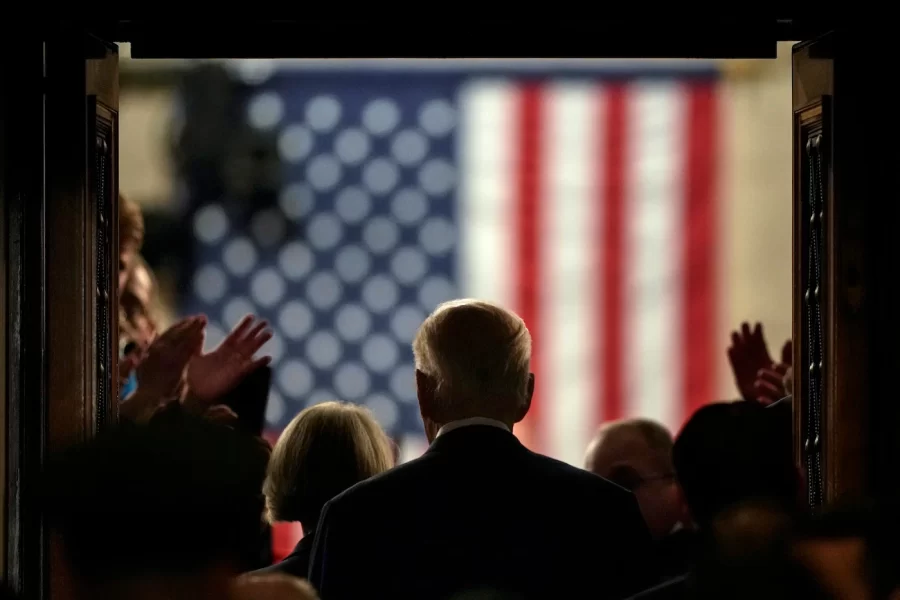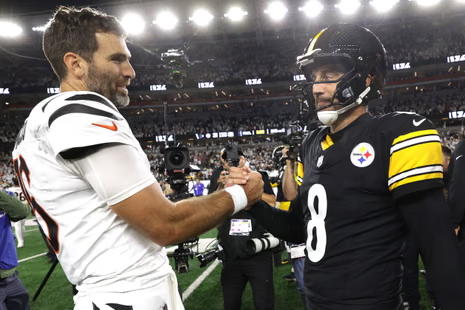How the State of the Union has evolved
Around 27.3 million people tuned into President Biden’s State of the Union address last week, witnessing one of the most theatrical and dramatic addresses in recent history. The State of the Union has become more of a spectacle as the nation has grown, but it used to reach only a small fraction of the public. Looking back over the course of history, the State of the Union can be used as to gauge the current condition of American politics as well as a timeline of the technological advancements shaping the country.
The State of the Union typically occurs every January before a joint session of Congress. The President of the United States updates the country on what the Presidential administration has done and what they hope to accomplish. Nearly every major member of the U.S. government is there, including of course, the President, both houses of Congress, the Cabinet, the Supreme Court, and the Joint Chiefs of Staff. The State of the Union was devised by the first founding fathers, and the Constitution states that the president: “shall from time to time give the congress information of the State of the Union and recommend such measures as he shall judge necessary and expedient.”
Live and In Person:
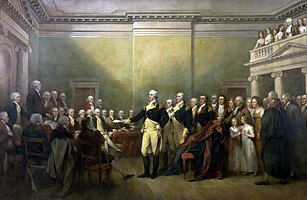
In the early days, the State of the Union was a verbal address. The first president of the U.S, George Washington, spoke in front of the new Congress in New York City, prior to the development of the Capital on the Potomac. Successor John Adams likewise gave his address in person, but Thomas Jefferson, known more for his writing than for his skills as an orator, changed the format to a letter.
Sincerely, the President:
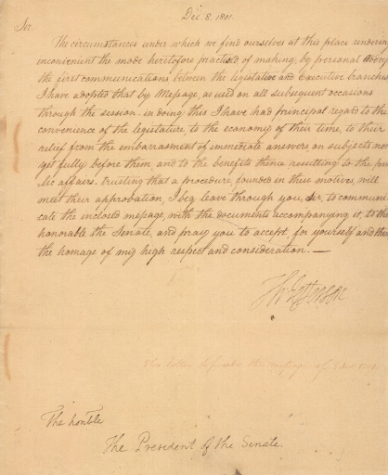
From then on, presidents gave their addresses in written form, with the message reaching only a small portion of the nation. This is not to say that the content was not impactful; in Abraham Lincoln’s address, he wrote about the importance of ending slavery in the context of preserving the Union. However, the public was kept largely in the dark and the members of Congress were not often asked about the information included, so in terms of communicating to the public this method was largely ineffective.
On Air:
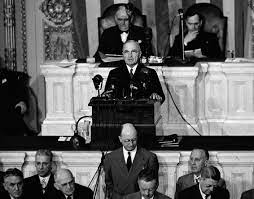
As technology developed, so did the State of the Union. Franklin D. Roosevelt began speaking to the nation with his fireside chats with the invention of radio, and in 1947, Harry Truman gave the first televised address. While he appeared a bit anxious and unnatural, as most non-actors of the era did on the screen, he set a new precedent for how the State of the Union would be given. For the next few years, the State of the Union aired on daytime television, until Lyndon B. Johnson moved the address to primetime in 1965.
#Trending:
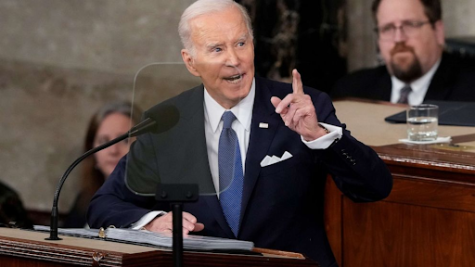
Nowadays, the State of the Union has become a far-reaching event. Presidential statements are dissected across social media, with some politicians chiming in with their opinion while the event is still in session. With the rise of the internet, politicians operate under intense public scrutiny and pressure, especially as the political divide widens and people of opposing parties are quick to call out each other’s faults.
The state of U.S. politics continues to degenerate, in part because every speech, statement, and appearance is a performance. In the most recent address, Biden baited Republicans into agreeing not to touch Social Security and Medicare after being met with boos and shouts of “liar” when he claimed they were trying to “sunset” the programs. Politicians have nearly become celebrities, and the State of the Union is no longer a stuffy address but an exaggerated production.
From the founding days of the United States, the country has fought against tyrannical government, in part by making sure that the public is informed about the President’s actions. The evolution of the State of the Union over the past three centuries, from reaching only those in “the know” to becoming accessible to people all over the world, is a necessary component of American democracy that must be maintained.

Emmalina is currently a Senior at South Lakes High School and Co-Editor in Chief of the Sentinel. This is her 3rd year writing for the newspaper, and she...







